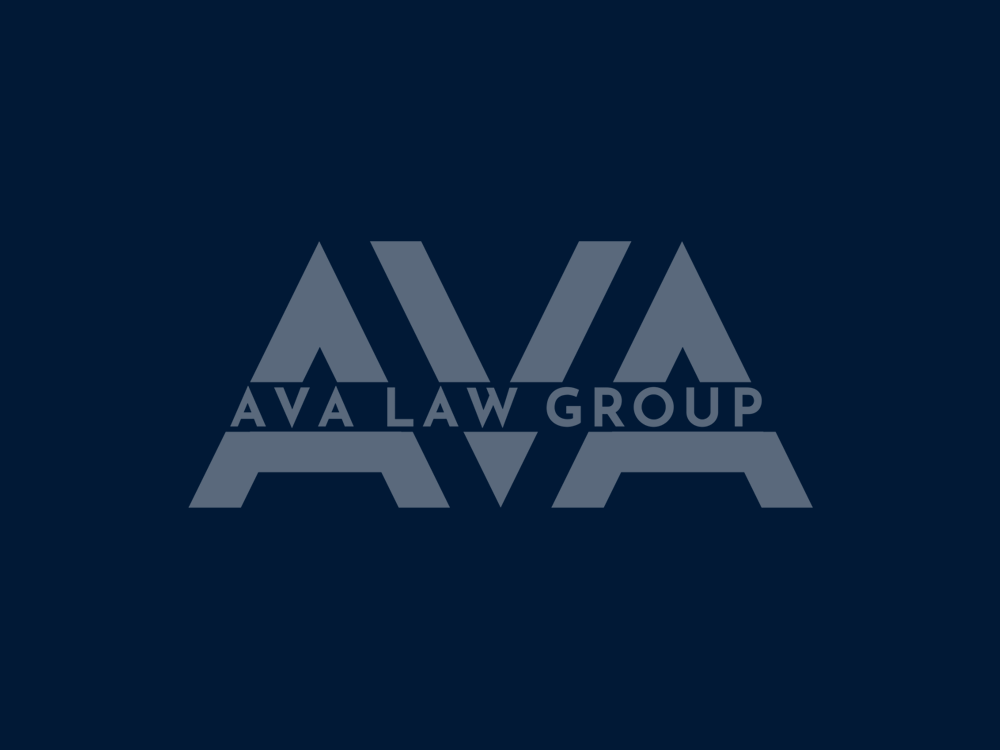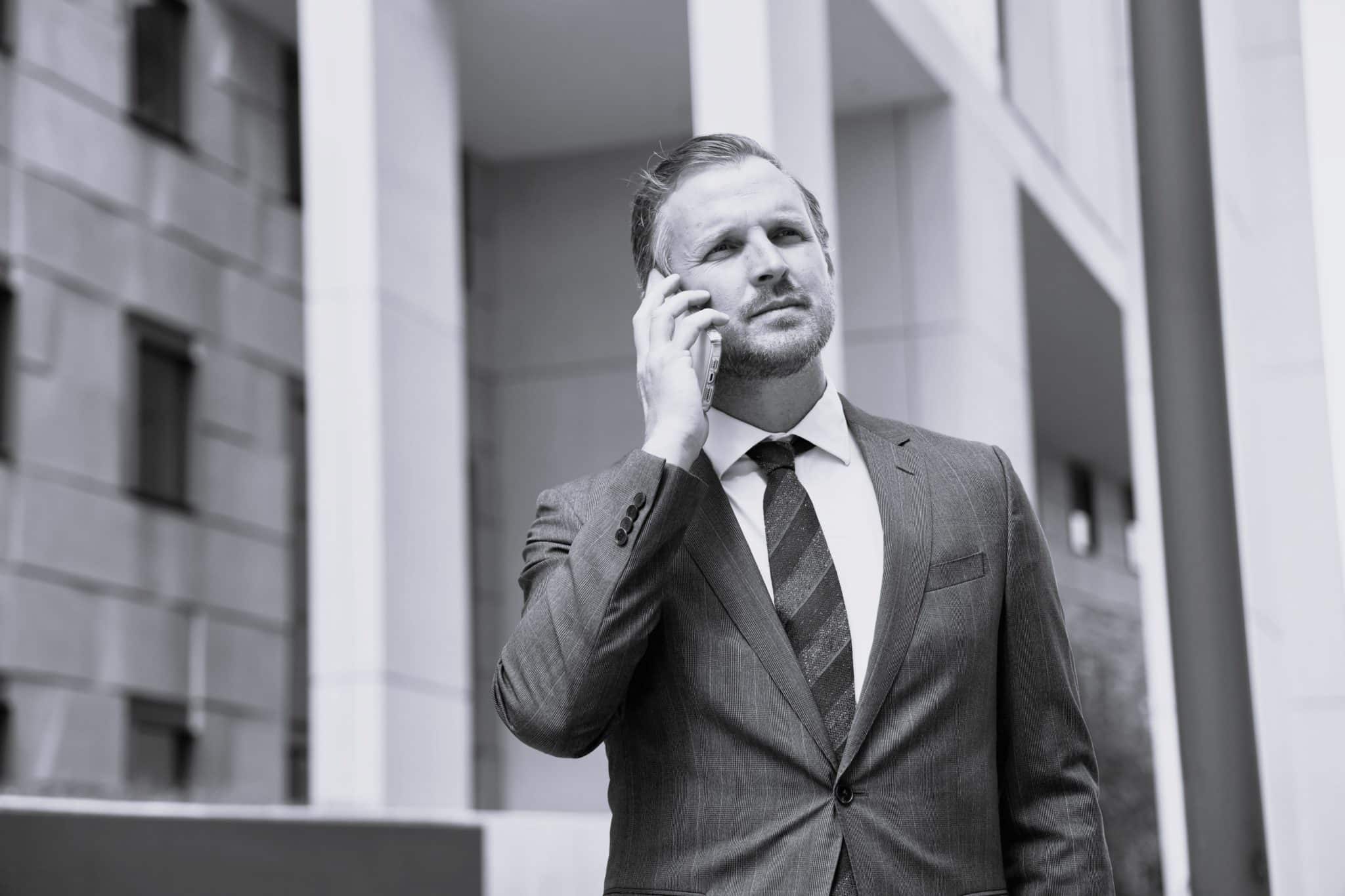How Mass Torts Advance Social Justice in Abuse Cases
September 17, 2025
By: Andrew Van Arsdale
Survivors are at a massive disadvantage in cases of institutional abuse. An individual who was harmed faces an opponent with vast resources and influence. These powerful entities, be it a century-old organization or a celebrity’s enterprise, have deep pockets and legal teams at the ready. The result is a David and Goliath power imbalance: one survivor’s voice can be drowned out by an institution’s PR machine and cabal of lawyers.
I founded AVA Law Group with this imbalance in mind to represent the people against the powerful. I saw clearly early in my legal career that when corporations or entrenched institutions wrong people, they need swift access to representation that puts their interests first. Alone, a survivor’s fight for justice can feel like a lonely uphill battle. But there is strength in numbers.
Through mass tort litigation, where many survivors band together to file claims, the dynamic shifts. It’s a united front of dozens to thousands of survivors, standing shoulder to shoulder. In my experience, when survivors unite, their collective voice can match the volume of the institution’s denials and defenses.
We’ve seen just that in a range of cases, like the Marines and families harmed by toxic water at Camp Lejeune to communities devastated by wildfires in Hawaii, solitary victims have felt powerless against government agencies or corporations. Mass tort litigation, at its core, is about shifting the balance of power.
Why Mass Torts Matter More Than Going It Alone
Collectively filing claims exposes patterns of wrongdoing that would otherwise remain hidden. A single lawsuit might be written off as an isolated incident or “a few bad apples.” When dozens or hundreds of survivors step forward with similar stories, a very clear message emerges: the abuse was systemic.
Mass torts force a reckoning on a scale that individual lawsuits rarely can achieve. By exposing widespread patterns, collective litigation puts intense public and legal pressure on institutions to change. When a lawsuit is just one person, an organization might settle quietly with a disclaimer of any wrongdoing. When claims pour in by the dozens and attract national attention, the institution can’t quietly paper over the issue. It must confront it.
Case Study: Abused in Scouting
Perhaps the clearest example of strength in numbers is the “Abused in Scouting” movement. In 2019, we represented men across the country who were sexually abused in the Boy Scouts. These were people from different states, different generations, all carrying the same pain and betrayal. By banding together in one mass tort, they turned their collective pain into a powerful call for justice. Survivors who had been suffering in silence for years (in many cases, decades) found solidarity and courage in knowing they were not alone.
The impact was immediate. What began with a handful of brave former Scouts speaking up in places like Montana quickly grew into a nationwide battle cry. Local stories became national headlines. Major media outlets, including CNN, NBC, ABC, and others, picked up the stories, broadcasting them into the public consciousness. Suddenly, what had been a tightly kept secret within the BSA was front-page news. The silence was broken.
Through Abused in Scouting (AIS), survivors from nearly every state coordinated their legal strategy and shared their stories, which strengthened each case. We learned valuable lessons in coalition-building – three law firms worked in unison, setting aside ego and jurisdictional boundaries, all focused on a single mission: hold the BSA accountable.
Equally important was our commitment to survivor-centered advocacy. From the beginning, we emphasized that each person’s story mattered. We established confidential channels (secure hotlines and online portals) for new survivors to report their abuse safely and privately. Support resources and regular updates were regularly provided to our clients, treating them not as mere claimants in a massive case but as individuals seeking healing.
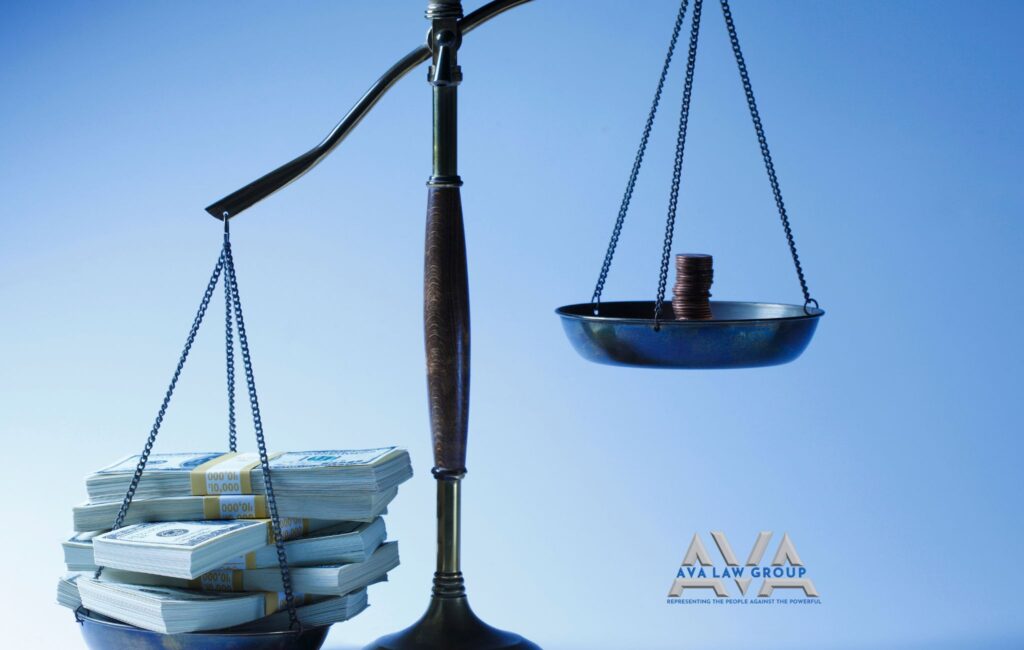
This survivor-first mindset built trust and empowered even more people to come forward. By the time of the BSA’s bankruptcy claims deadline, our coalition alone represented around 10,000 former Scouts, and we anticipated the total claims could reach 50,000 or more. In the end, over 82,000 claims were filed against the BSA – a truly staggering number that made history.
The result? The BSA, facing unprecedented exposure of its failures, ultimately filed for bankruptcy and agreed to establish a victims’ compensation trust fund of $2.4 billion – one of the largest ever. This outcome, while not perfect, validated the Abused in Scouting approach: a disparate group of abuse survivors had come together, found strength in unity, and created systemic change that no single lawsuit could have achieved.
Mass Tort Long-Term Effects: Legal Reforms and Policy Shifts
Mass tort abuse cases don’t just resolve individual claims – they ripple outward, prompting reforms in law and policy that protect future generations. The Abused in Scouting litigation, for example, reverberated far beyond the courtroom. One immediate effect was to vindicate the recent state law changes that enabled these claims in the first place.
Lawmakers in multiple states had passed “window” legislation (such as New York’s Child Victims Act and similar laws in New Jersey, California, Hawaii, and others) to extend or suspend the statute of limitations for sexual abuse survivors. Those reforms were the very reason thousands of older BSA cases could be filed. And once the flood of claims came in – revealing the true, horrifying scale of abuse – it validated the wisdom of those legislative changes. In Delaware bankruptcy court filings, it was noted plainly that the BSA was driven into bankruptcy after states enacted laws allowing decades-old abuse suits.
In other words, survivor-centric legislation directly led to institutional accountability. Seeing this cause-and-effect has encouraged advocates to push for more legal reforms. Many states have since extended their look-back windows or eliminated time limits entirely for child sexual abuse claims. There’s a growing recognition that justice delayed should not mean justice denied; survivors should have their day in court even if many years have passed. High-profile mass tort cases help drive change home to policymakers.
Beyond legislation, these cases encourage policy shifts within institutions and industries. When a longstanding organization like the Boy Scouts is confronted with tens of thousands of abuse claims, it sends a clear warning to other institutions: clean up your house, or you could be next. In the wake of the BSA scandal, we’ve seen youth organizations double down on youth protection policies – from stricter volunteer screening and two-deep leadership rules (no adult alone with a child) to enhanced training on spotting and preventing abuse.
Consider the religious sector: after the avalanche of abuse lawsuits against the Catholic dioceses and the LDS (Mormon) Church, many dioceses set up victim compensation funds. They implemented new safeguarding protocols, and the LDS Church has been pressed to release records and be more transparent about predators in its ranks. None of this would likely have happened without the pressure that mass legal actions created, bringing survivor stories into the light.
Mass torts in abuse cases act as a catalyst for reform. They often inspire new laws or revisions that make it easier for survivors to seek justice. They force institutions to change policies. And the hope is that this fear of accountability leads to a culture shift – one in which protecting people from abuse becomes as important to institutions as their financial bottom line or reputation. That is social justice in action, driven by the outcomes of mass litigation.
The Challenges and Upholding Ethics
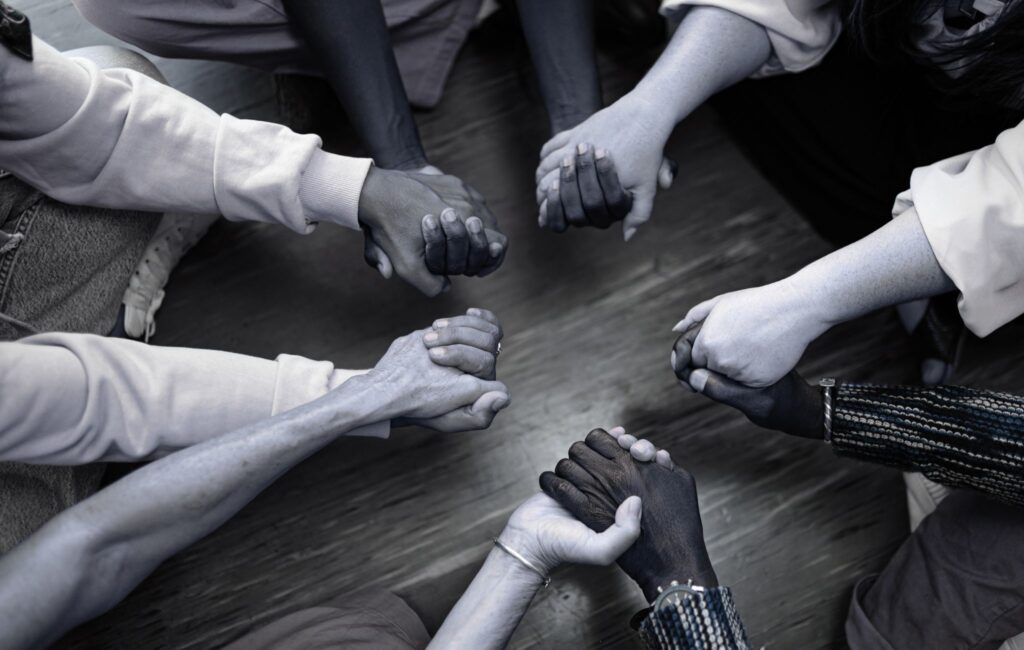
Mass tort litigation in abuse cases presents its own set of challenges. With great power (in numbers), comes great responsibility for the lawyers and firms leading the charge. One major challenge is maintaining the human touch when handling hundreds or thousands of clients. Every survivor’s story is personal and, more than likely, traumatic. As their advocates, we need to make sure that each survivor feels seen, heard, and valued, never just a case number on a spreadsheet. This means we take time in client communication, provide trauma-informed support, and tailor legal advice to each person’s circumstances.
As lawyers, we have an ethical duty to guide survivors through these complex processes, ensuring they fully understand the consequences of each choice. No survivor should ever feel shortchanged or confused about their legal journey. Upholding that duty can be difficult when managing large volumes of cases, but it’s non-negotiable – it’s an ethical imperative.
Privacy is another crucial concern. Many abuse survivors fear public exposure; the prospect of their name in a lawsuit or news story can be retraumatizing. Mass tort cases must implement strict confidentiality measures. We often file claims under pseudonyms such as “Jane Doe” or “John Doe,” seek protective orders to seal sensitive records, and carefully control how and when information is shared. In our experience, protecting survivor privacy is key to encouraging more people to come forward. It builds trust that their dignity will be preserved. This requires constant vigilance. One slip, one leak, could deter countless others from seeking justice, so handling these cases means balancing transparency with discretion.
Then there is the matter of fair and equitable resolution. When a settlement or judgment is achieved for a large group, ensuring the funds are distributed justly is a complex task. Different survivors suffered different harms; the legal system attempts to account for this by evaluating the severity of each claim. The Boy Scouts settlement, for instance, set up a detailed grid of compensation tiers – a survivor who endured repeated abuse by a predator in Scouting might receive a larger sum than someone abused once, to reflect differing impact. Overseeing these allocations must be done with integrity and transparency.
We, as advocates, often have to fight to maximize the total pool (by pursuing insurance companies or sponsoring organizations aggressively) and then step back to let neutral trustees or courts divide it fairly. The ethical goal is to avoid any scenario in which survivors feel revictimized by the process, whether through undue delays, unfair payouts, or a lack of information.
Mass tort lawyers also carry the responsibility of managing expectations and being candid about the process. We must avoid over-promising results to attract clients. We should emphasize the truth: litigation is uncertain and can be lengthy, but our commitment is to battle tirelessly for a fair outcome. I often remind my team: the goal isn’t to file thousands of claims and then just move on – the goal is to make sure each one of those survivors feels that justice was done for them. Upholding ethics in mass abuse torts means never forgetting who trusted us with their stories, and their healing and dignity must remain at the center of everything.
When all is said and done, mass tort abuse litigation is about more than just compensation – it’s about changing a culture of silence and impunity. Yes, monetary settlements or verdicts are crucial; they provide survivors with resources for therapy, lost income, or just a measure of acknowledgment for their suffering. But the true purpose runs deeper. In case after case, I have seen that what survivors want most is validation of the truth and assurance that no one else will have to endure what they did. When a group of survivors stands up to a powerful institution and wins, it sends a message loud and clear: we believe you, and what happened to you was wrong. That validation can be life-changing for someone who carried shame or self-doubt for years.
Together, survivor by survivor, case by case, we are shifting the culture. No longer can abuse be buried or survivors be shamed into silence. Through collective legal courage, we are saying “No more” – and as the results have shown, powerful institutions are finally being forced to listen.
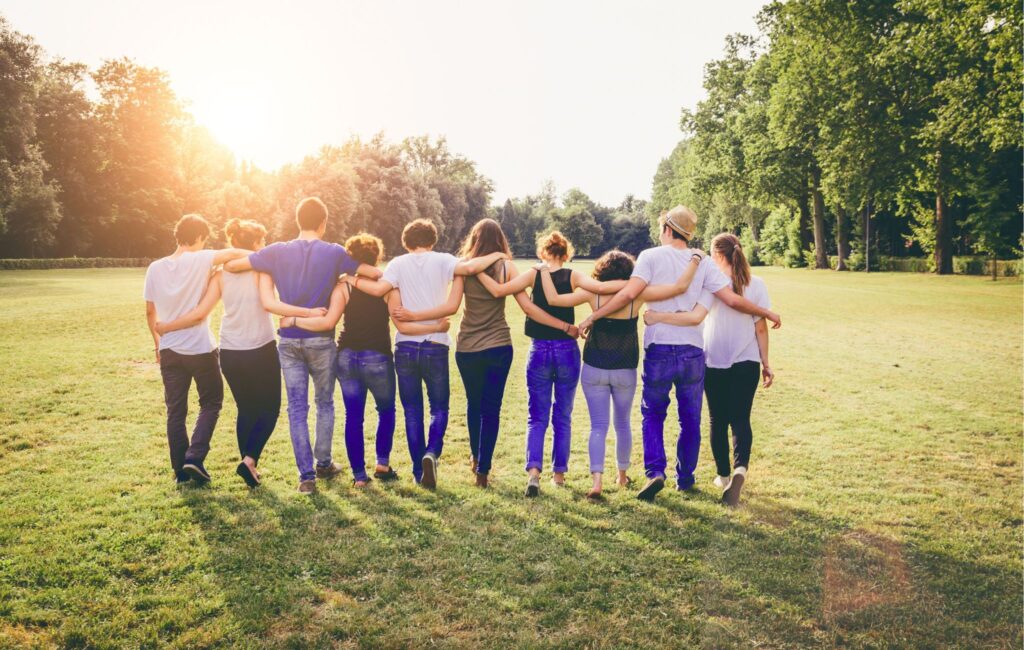
About the Author:
ANDREW VAN ARSDALE
Founding Partner of AVA Law Group
Originally from Billings, Montana, Andrew Van Arsdale moved to San Diego, California to pursue a career in law to ensure people could access legal representation after being wronged by powerful corporations. Andrew earned his law degree from the University of San Diego in 2018 and is licensed to practice law in California, District of Columbia, Montana, and Nevada. For years Andrew has helped people struggling from negligence-related injuries seek maximal compensation from responsible parties, ensuring client satisfaction at all times.
Van Arsdale’s work pursuing justice for Scouting sexual abuse survivors through Abused in Scouting has been widely recognized by the media and featured on platforms including CNN, ABC News, NBC News, etc. He has extensive experience connecting sexual abuse survivors to the representation they deserve and handling abuse cases from a wide range of organizations including the Catholic Church, the Mormon Church, and the Boy Scouts of America.

